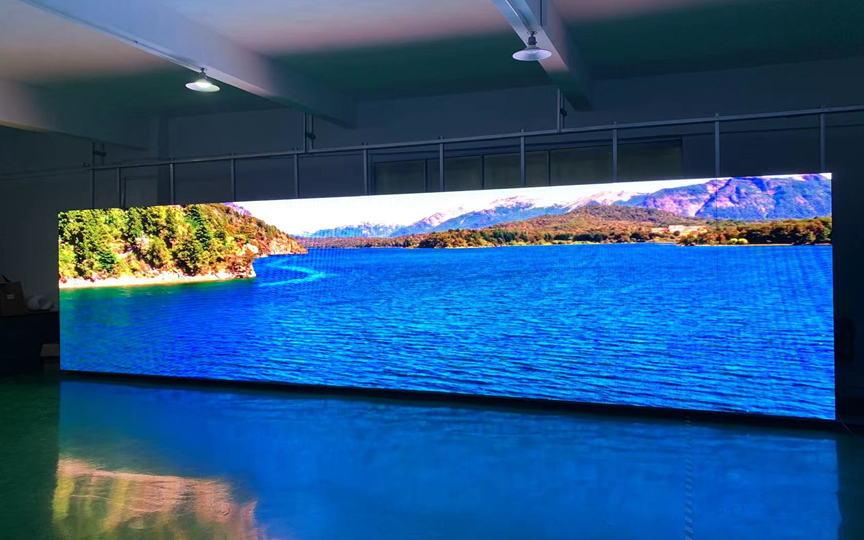LED displays aren't cheap, and once they're up and running, the last thing you want is sudden downtime or fading colors. While these screens are built for performance, like any piece of tech, they need a bit of care from time to time.

Clean, But Don’t Overdo It
You’d be surprised how quickly dust or smog sticks to a display—especially outdoors. That cloudy layer doesn't just look bad; it affects brightness. A soft cloth (microfiber’s a safe bet) and some patience usually do the job. Stay away from strong cleaners. No alcohol, no glass spray—just a damp cloth will usually do.
Some people try to wipe down screens daily. Honestly, that's too much. Unless you're in a dusty construction zone or near heavy traffic, once every couple of weeks should be enough.
Watch Out for Heat and Humidity
Even “waterproof” outdoor LED screens have limits. Moisture creeping in from unsealed edges or poor ventilation can cause internal damage slowly, without you noticing until it's too late. If your display is in a tropical or rainy region, have someone check the inside every few months—just a quick look for condensation or rust.
Heat is another hidden enemy. When you’re running bright content at full power for hours, modules heat up. Without enough airflow, pixels can start dying early. Make sure fans are working. If your screen’s installed in a tight space, it might need extra ventilation.
Power Rules: Shut Down When Needed
There's a myth that LED displays are best left running. Not true. If a thunderstorm's coming or if you’re not using the screen for a few days, it's safer to shut it down. Sudden power surges can burn out the control system. Also, unplugging during long holidays? Smart move.
Keep an Eye on the Cables
You'd think once a screen's up, it stays solid. But vibrations, temperature changes, or poor installation can slowly loosen connections. If you notice flickering, missing color sections, or display glitches—it could be a simple cable issue. Regular checkups (every couple of months) can catch this early.
Software Glitches? Don’t Ignore Them
Sometimes it's not the hardware. Maybe the screen flickers only at certain times, or content lags. This might be a control card issue, or outdated software. Try refreshing the configuration or updating firmware. Many problems that seem hardware-related are actually on the software side.

